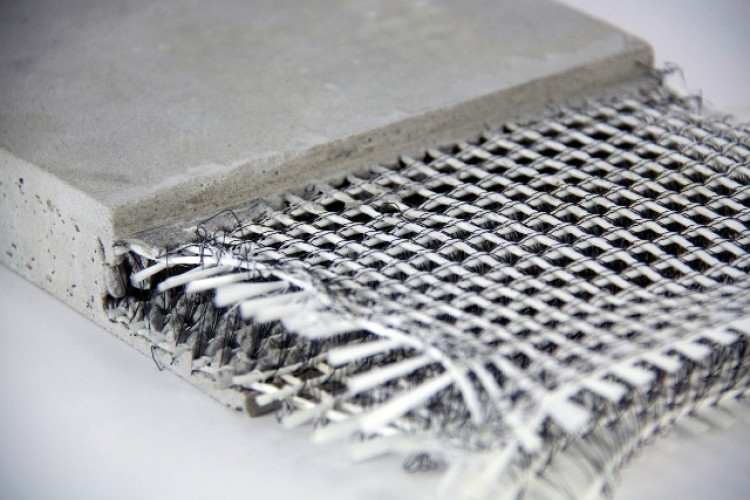Opening the Ecological Benefits of Recycled Compounds in Building and Design
In the realm of construction and layout, the use of recycled composites holds substantial assurance for boosting sustainability methods and lowering ecological influence. The shift towards a more sustainable future in these markets hinges on opening the full possibility of recycled compounds.

Ecological Effect Reduction
The decrease of environmental impact via using recycled compounds in building and construction and layout plays a vital function in lasting practices. By incorporating recycled composites right into building products, the building and construction sector can substantially reduce its carbon footprint and add to an extra environmentally friendly future. These lasting products, made from repurposed plastics, wood fibers, or various other recycled components, use a feasible option to traditional building products without endangering on quality or resilience.
Recycled composites aid draw away waste from land fills and decrease the demand for drawing out resources, thus saving natural deposits. In addition, the production process of these compounds frequently consumes much less energy and emits less greenhouse gases contrasted to producing virgin products (composites). This change towards making use of recycled compounds not only reduces environmental harm yet also promotes a circular economy by urging the reuse of materials that would certainly or else be thrown out
Waste Reduction
With a concentrate on reducing waste in building and construction and layout, the combination of recycled compounds provides a sustainable solution to lower environmental impact. Waste minimization is an important facet of sustainable techniques, and making use of recycled compounds offers a chance to accomplish this goal properly. By making use of materials that have already offered their first purpose, such as recycled plastics or reclaimed timber fibers, the building and style sectors can substantially decrease the quantity of waste produced and sent to garbage dumps.
Recycled composites have the potential to divert significant quantities of waste from typical disposal methods, adding to a more circular economic situation where resources are made use of successfully. Furthermore, the manufacturing procedure of recycled composites typically consumes much less power and creates fewer emissions compared to virgin products, further minimizing the ecological impact of building and design tasks.
Executing waste reduction approaches through the consolidation of recycled composites not only helps in conserving natural deposits but also advertises a much more sustainable strategy to building and making for a greener future.
Power Conservation
Integrating recycled composites not just minimizes waste in building and construction and style however also plays a vital role in boosting energy preservation techniques within the sector. Making use of recycled compounds in building can significantly contribute to power preservation through numerous methods. The manufacturing of virgin materials commonly requires significant energy inputs, whereas utilizing recycled compounds eats less power, thereby minimizing total energy usage. Furthermore, incorporating recycled compounds can add to better insulation buildings in structures, decreasing the need for too much heating or cooling, and subsequently decreasing energy usage for environment control. Furthermore, the light-weight nature of many recycled compounds can bring about lighter structures, calling for much less power for transportation and installment. By promoting using recycled compounds in building and construction and style, the sector can make significant strides towards attaining energy efficiency and minimizing its carbon impact, eventually adding to a much more lasting constructed setting.
Carbon Footprint Decrease
Enhancing sustainability methods via the usage of recycled compounds in construction and layout substantially reduces the carbon footprint of the industry. By including recycled products into the manufacturing of composites, the need for virgin sources lowers, leading to reduced energy intake and greenhouse gas emissions connected with traditional manufacturing processes. This reduction in carbon impact is essential in combating environment adjustment and promoting a more eco-friendly strategy to building and design.
The find out here carbon footprint reduction accomplished via the adoption of recycled composites lines up with the worldwide push towards lasting techniques and the reduction of industrial discharges. Ultimately, by focusing on the assimilation of recycled compounds, the market can make substantial strides in decreasing its carbon impact and adding to a more sustainable future.
Sustainable Future
The integration of recycled composites in building and design not only addresses prompt ecological worries but likewise lays a strong structure for a lasting future in the sector. By incorporating recycled composites into structure products and products, the building and construction and design industries can significantly reduce their reliance on virgin resources, leading to a much more round economic climate. This change in the direction of sustainability is crucial for alleviating the environmental effect of conventional building and construction methods, which often cause high degrees of waste generation and resource exhaustion.

Conclusion
In conclusion, recycled compounds use considerable ecological benefits in building and style by lowering environmental effect, reducing waste, preserving energy, lowering carbon footprint, and promoting a lasting future. Accepting using recycled composites can contribute to an extra environmentally-friendly strategy to structure and design, inevitably resulting in a much more sustainable and greener future for all.
The reduction of ecological impact via the basics use of recycled compounds in building and construction and layout plays a vital function in sustainable practices.With a focus on reducing waste in building and design, the assimilation of recycled compounds uses a lasting remedy to decrease environmental effect. By advertising the use of recycled composites in building and construction and style, the industry can make substantial strides in the direction of accomplishing energy performance and minimizing its carbon footprint, ultimately adding to a more lasting developed environment.

Comments on “Innovative Composites in Modern Structure Projects”